6 Best Spider Curl Alternatives (with Pictures!)
The spider curl is a classic biceps isolation exercise involving the torso being set at an incline face-down as a curl is performed.
Performing curls in this manner greatly increases the range of motion, eliminates certain risks and further isolates the biceps brachii as a whole.
However, the spider curl may be inconvenient to perform for some, or otherwise not what they need out of their biceps workout. In either case, substituting the spider curl with a similar alternative is the best option to take.
What to Look for in a Spider Curl Alternative
Although many exercises fit the criteria of a biceps exercise, not all can effectively act as an alternative to the spider curl itself.
The alternative exercise must replicate the general characteristics of the spider curl - as well as its purpose within the larger training program - in order to truly act as a substitute.
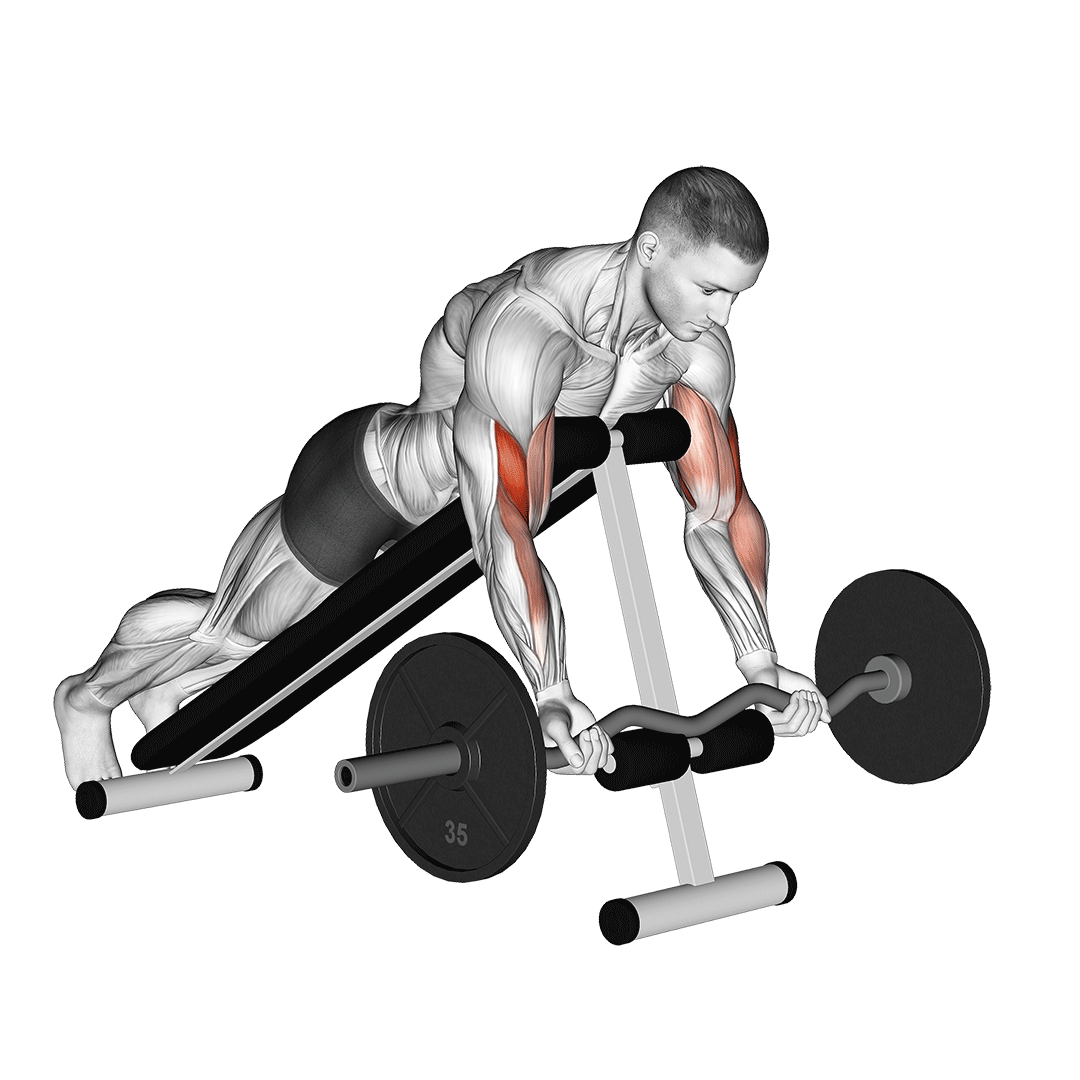
As such, any potential alternative should feature significant use of elbow flexion so as to isolate the biceps brachii, preferably while also maximizing biceps range of motion through placement of the arms in a unique position.
As you may note later in this article, this narrows the choices largely down to variations of the bicep curl.
A Note on Equipment and Variations
Many fitness publications consider exercises performed with the use of barbells, dumbbells or kettlebells distinctly different variations.
While there are indeed minute differences between the use of different kinds of equipment - for the sake of brevity, we have decided to list only the general exercises themselves.
Rest assured, performing the preacher curl (or any other alternative) with dumbbells or an EZ-bar will create a nearly identical training stimulus, and it is up to you to decide what sort of equipment to use.
Spider Curl Alternatives
1. The Preacher Curl
The preacher curl is the first alternative exercise to consider when substituting out the spider curl.
Like the latter exercise, preacher curls place the elbows ahead of the torso and feature a significantly larger range of motion in comparison to conventional bicep curls.
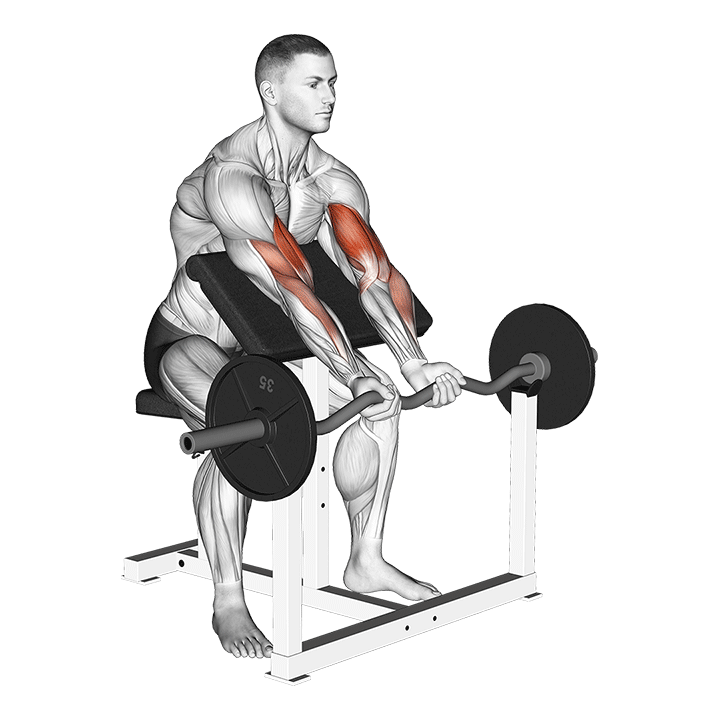
However, preacher curls further build upon the usual benefits of the spider curl by locking the elbows in place, ensuring the biceps are truly isolated.
As is also the case with spider curls, the preacher curl is a single-joint isolation exercise performed as an accessory movement for targeting the biceps brachii.
Equipment Needed
The preacher curl will require a preacher bench and some sort of free weight equipment - preferably an EZ curl bar for greater wrist comfort.
Benefits as an Alternative Exercise
The main benefit to substituting spider curls with preacher curls is its more strict range of motion. Because the elbows are locked against the padded section of the preacher bench, there is a far lesser risk of the lifter cheating the exercise or otherwise breaking away from proper form.
Furthermore, unlike spider curls, preacher curls truly isolate the biceps by placing them as the sole muscle group capable of exerting significant force during the exercise. In comparison, spider curls performed with poor form may see the forearms, back or deltoids overtaking the biceps instead.
How-to:
To perform a preacher curl, the lifter will first seat themselves within the preacher bench, setting their upper arms against the padded section with the weights held at arm's length before them.
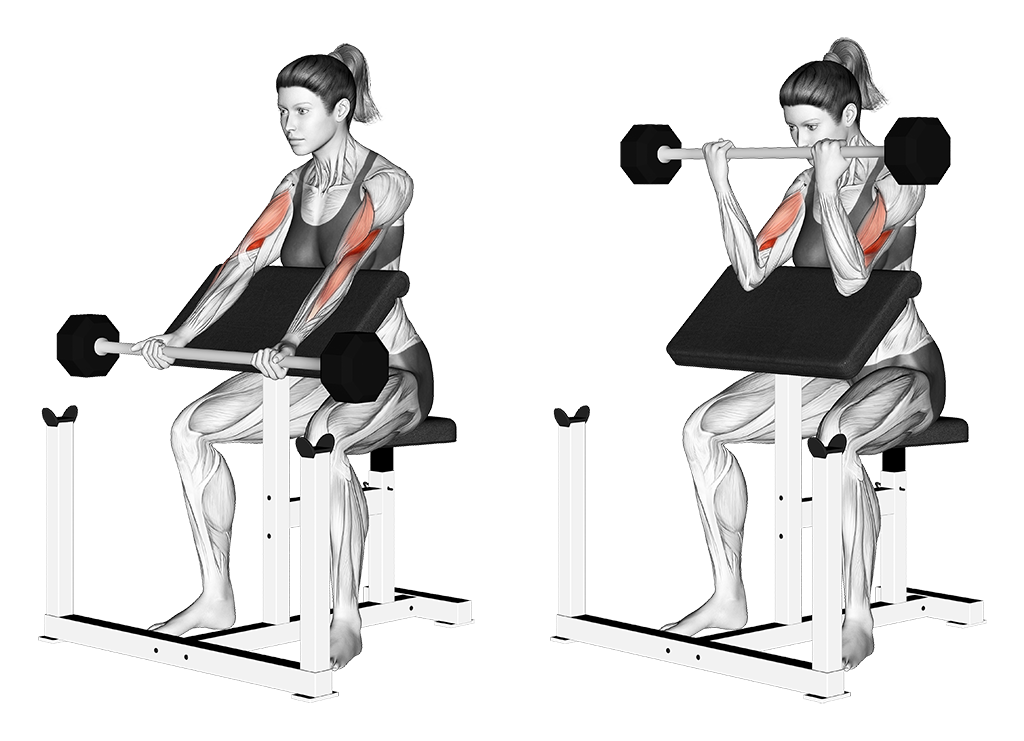
Ensuring that the chest is pressed against the pad on the opposite side of the arms, the lifter will then contract their biceps and curl the weights upwards - drawing their hands towards their shoulders as they do so.
Once reaching the maximum range of motion possible, the lifter completes the repetition by slowly lowering their forearms and hands once more.
2. The Concentration Curl
The concentration curl is performed for similar purposes as the spider curl - that being a stricter movement pattern, less risk of cheating the movement and overall greater emphasis on the biceps themselves.
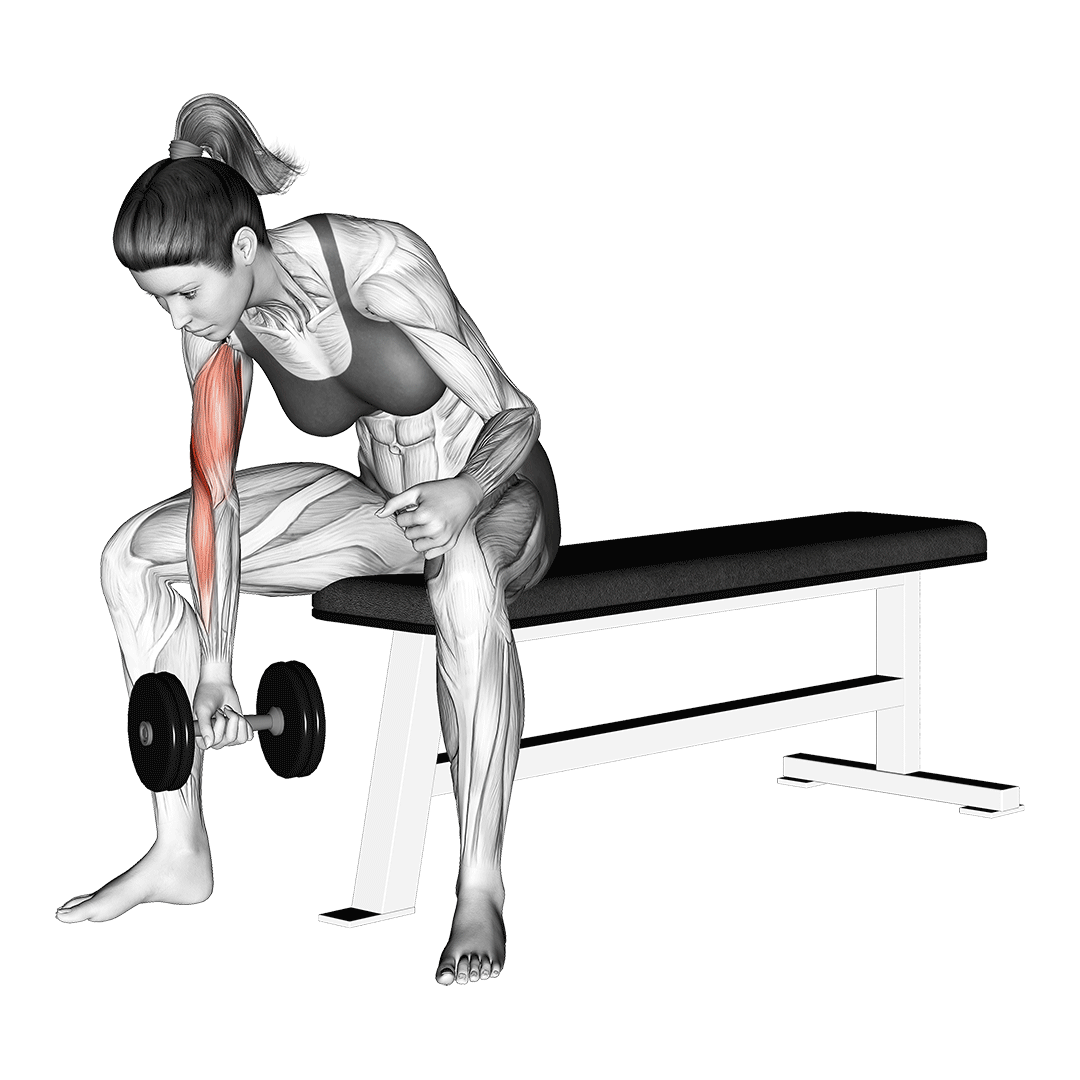
Unlike spider curls or preacher curls, the concentration curl is considerably far less demanding in terms of bodily positioning and what sort of equipment is required. While the trade-off is that it is solely a unilateral exercise (one arm at a time), this can provide a far more convenient alternative for lifters at home.
Equipment Needed
The concentration curl solely requires a dumbbell and a place to sit with the legs set wide.
Benefits as an Alternative Exercise
Apart from being more convenient as far as equipment goes, the concentration curl also shares the same benefits as the spider curl when it comes to a greater range of motion and an easier time maintaining proper form.
Furthermore, the fact that the elbow is set against the inner section of the thigh also helps keep the elbows in place - further reducing the risk of poor form and allowing the lifter to better focus on one biceps brachii muscle at a time.
How-to:
To perform a repetition of the spider curl, the lifter will first seat themselves with their legs spread far enough apart to fit their forearm between. A dumbbell or kettlebell should be gripped in one hand, with the elbow of the same arm pressed against the inner section of their thigh.
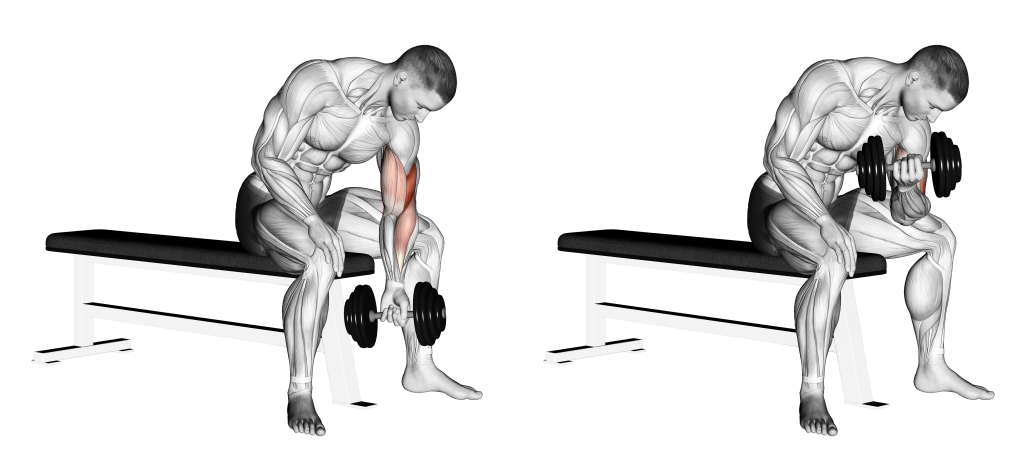
From this position, the lifter then simply curls the weight by contracting their biceps and drawing their forearms towards their biceps. The elbow should remain stationary as this is performed.
When the weight is raised as high as possible, the lifter then slowly disengages their biceps and lowers the weight once more - thereby completing the repetition.
3. The Drag Curl
The drag curl is a unique variation of bicep curl where the weights are dragged against the torso so as to eliminate involvement of other muscle groups and ensure that proper form is strictly followed.

As a spider curl alternative, the drag curl is most often used if the spider curl itself was originally programmed so as to prevent cheating of the repetition. Unlike the spider curl, the drag curl unfortunately does not benefit from a wider range of motion or greater contraction of the biceps themselves.
Drag curls are most often performed with a straight barbell or EZ-bar in order to help facilitate its characteristic dragging movement.
Equipment Needed
Drag curls require only a barbell or similarly long weighted object.
Benefits as an Alternative Exercise
The main benefit to drag curls is its elimination of the anterior deltoids from the movement, allowing for even greater recruitment of the biceps.
While no comparatively larger range of motion is present, drag curls make up for this by maximizing tension in the biceps as they draw the weight both upwards and against the body.
How-to:
To perform a repetition of the drag curl, the lifter will first begin by gripping a loaded barbell in both hands while in a standing position.
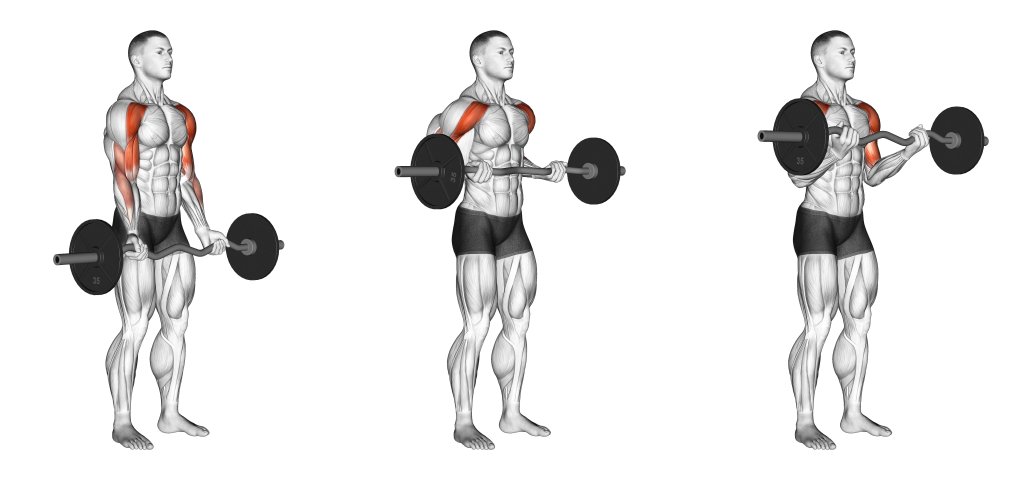
With the barbell held securely in an underhand grip, the lifter will proceed to curl the bar as normal while simultaneously drawing their elbows behind their back. This will drag the barbell against the front of the torso as it is being moved upwards, engaging the biceps and eliminating any excessive momentum present.
Once the bar is drawn as high as possible along the torso, the lifter will squeeze their biceps and slowly lower the bar once more - continuing to create tension by drawing the elbows behind the torso.
With the arms once again stretched out to full length, the repetition is considered to be complete.
4. The Incline Dumbbell Curl
Incline dumbbell curls are similar to spider curls in both equipment and purpose.
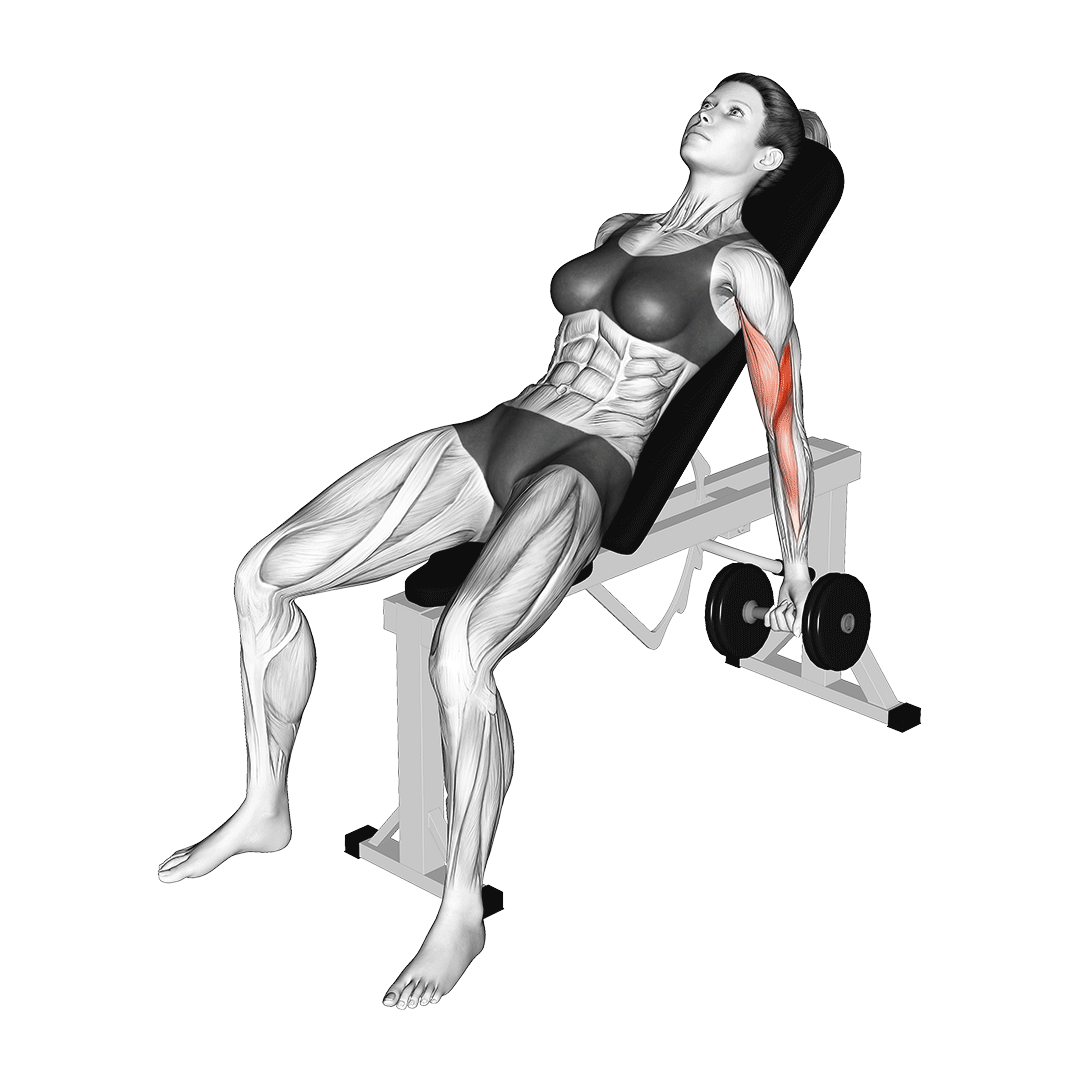
Only, rather than lying chest-down atop the incline bench, the lifter will lie with their back against it, their chest instead facing in the opposite direction.
Performing curls with the torso at an incline allows for a greater range of motion to be achieved. Furthermore, doing so aids in reducing the risk of cheating the repetition through momentum from the torso or legs.
Equipment Needed
Incline curls require the same equipment as spider curls - that being a pair of dumbbells or kettlebells and an incline bench.
Benefits as an Alternative Exercise
Incline curls share many of the same benefits as spider curls (larger ROM, greater biceps engagement) but do not require the lifter to lie face-down atop the bench.
This can be useful if the lifter wishes to avoid compressing their chest or if they are too heavy to remain lying atop the bench in such a position.
Furthermore, if the shoulders are held in a neutral position, somewhat greater contraction can be achieved during the apex of the movement - emphasizing the outer head to a slightly greater degree.
How-to:
To perform a repetition of the incline dumbbell curl, the lifter will first set an incline bench at a 45-degree angle, lying atop it with their back to the seat.
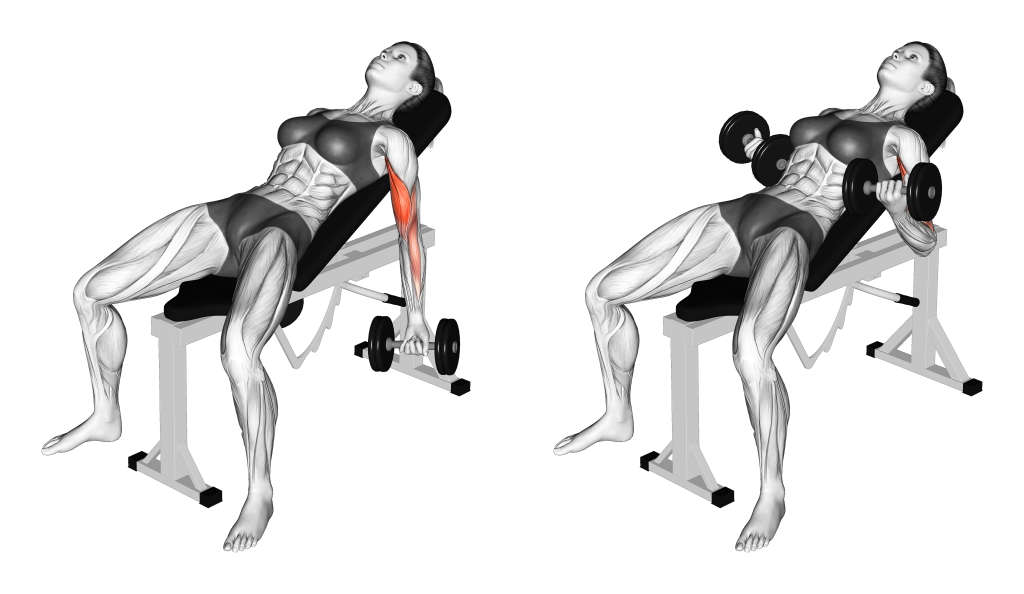
A pair of dumbbells or kettlebells should be held in both hands at their sides, arms fully extended but elbows kept close to the torso.
Now in the correct position, the lifter curls the dumbbells as normal by contracting their biceps and drawing their hands towards their shoulders. The elbows should remain as stationary as possible throughout the repetition.
Once the weights are raised as high as possible, the repetition may be completed by simply reversing the motion in a slow and controlled manner.
5. The Bent Over Curl
An uncommon form of curl that features a similar position to the spider curl; bent over curls are exactly as they sound, with the lifter bending forwards at the hips and waist so as to set their torso nearly parallel to the floor. A curl is performed in this manner with the arms hanging beneath the body.
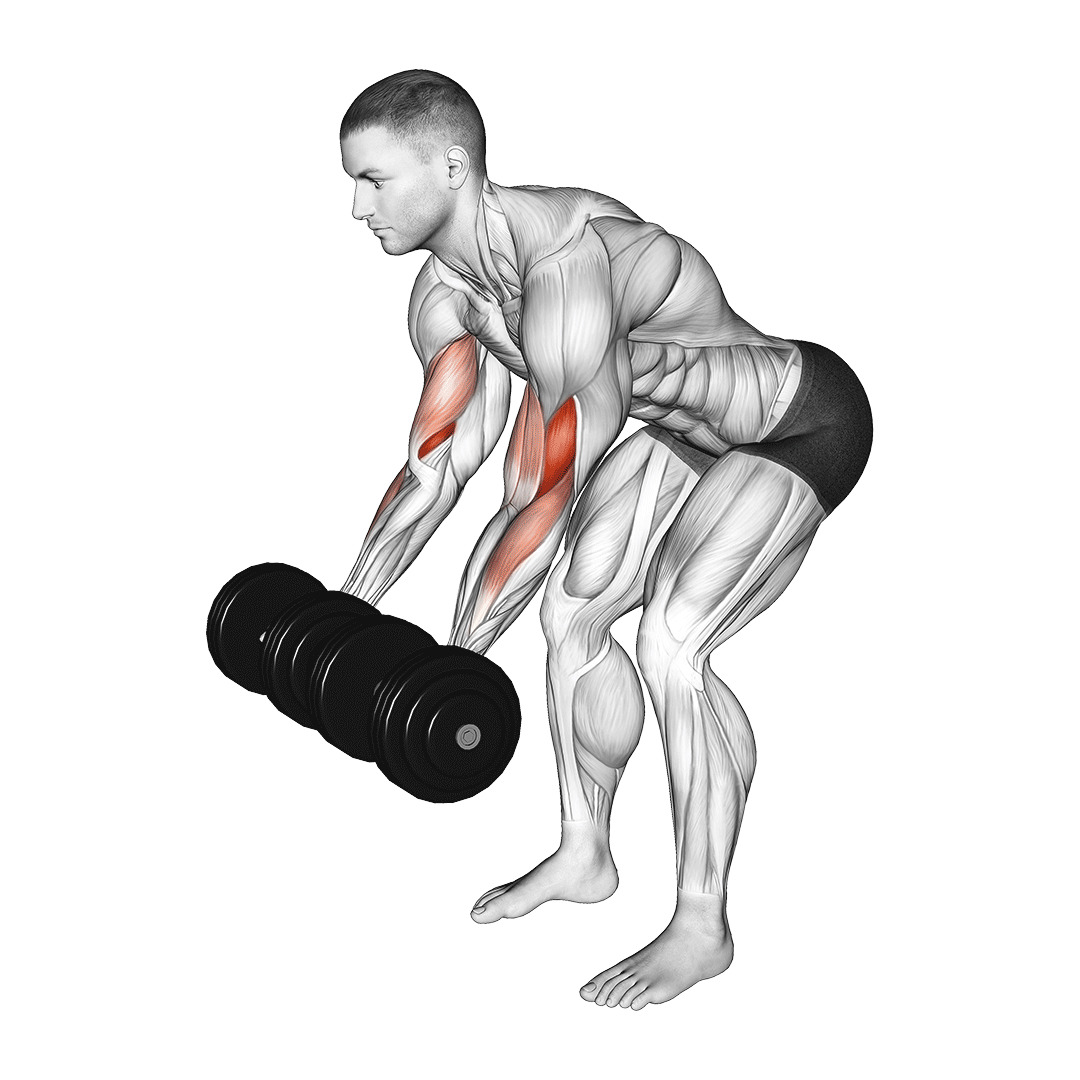
Bent over curls are the closest alternative to spider curls if no incline bench is available. Although they don’t quite have the same large range of motion, much of the benefits inherent to spider curls are also present in bent over curls.
Of course, while in a bent-over position, remember to properly brace the core and avoid curving the lower back as much as possible.
Equipment Needed
Bent over curls require only a dumbbell or two to perform.
Benefits as an Alternative Exercise
The bent over curl’s main benefit as an alternative to the spider curl is simply that it requires less equipment. It may be performed so long as a suitably heavy dumbbell is present.
Of course, this means that it also shares much the same advantages as those seen with the spider curl - that being a comparatively larger ROM than conventional curls, greater emphasis on the biceps and less usage of other muscles like the chest or deltoids.
How-to:
To perform a bent over curl, the lifter will first bend forwards by pushing their hips back and hinging the torso downwards. A dumbbell should be gripped in their hand, arm hanging beneath the torso.
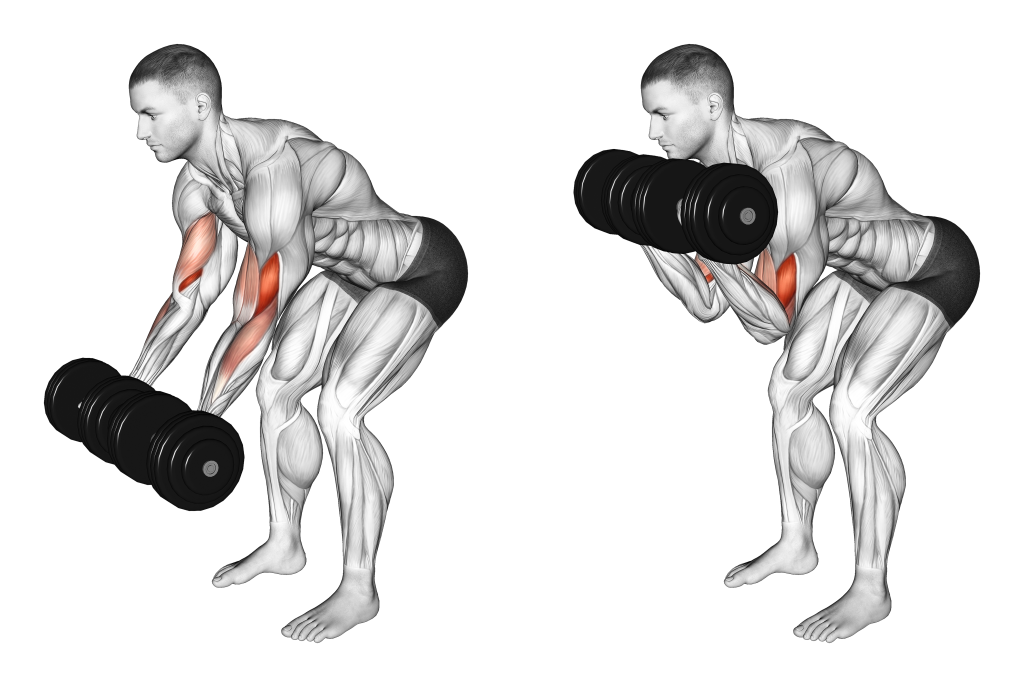
Ensuring the spine is neutral and the back flat, the lifter then contracts their biceps to curl the dumbbell inwards. The elbow and upper arm should remain largely stationary, with the only momentum being derived solely from the biceps themselves.
Once the forearm is touching the bicep or the maximum range of motion has been reached, the lifter simply reverses the motion so as to complete the repetition.
6. The Overhead Cable Curl
Also called “high lateral curls”, the overhead cable curl is a machine-based biceps isolation exercise performed with the arms spread out to the sides.
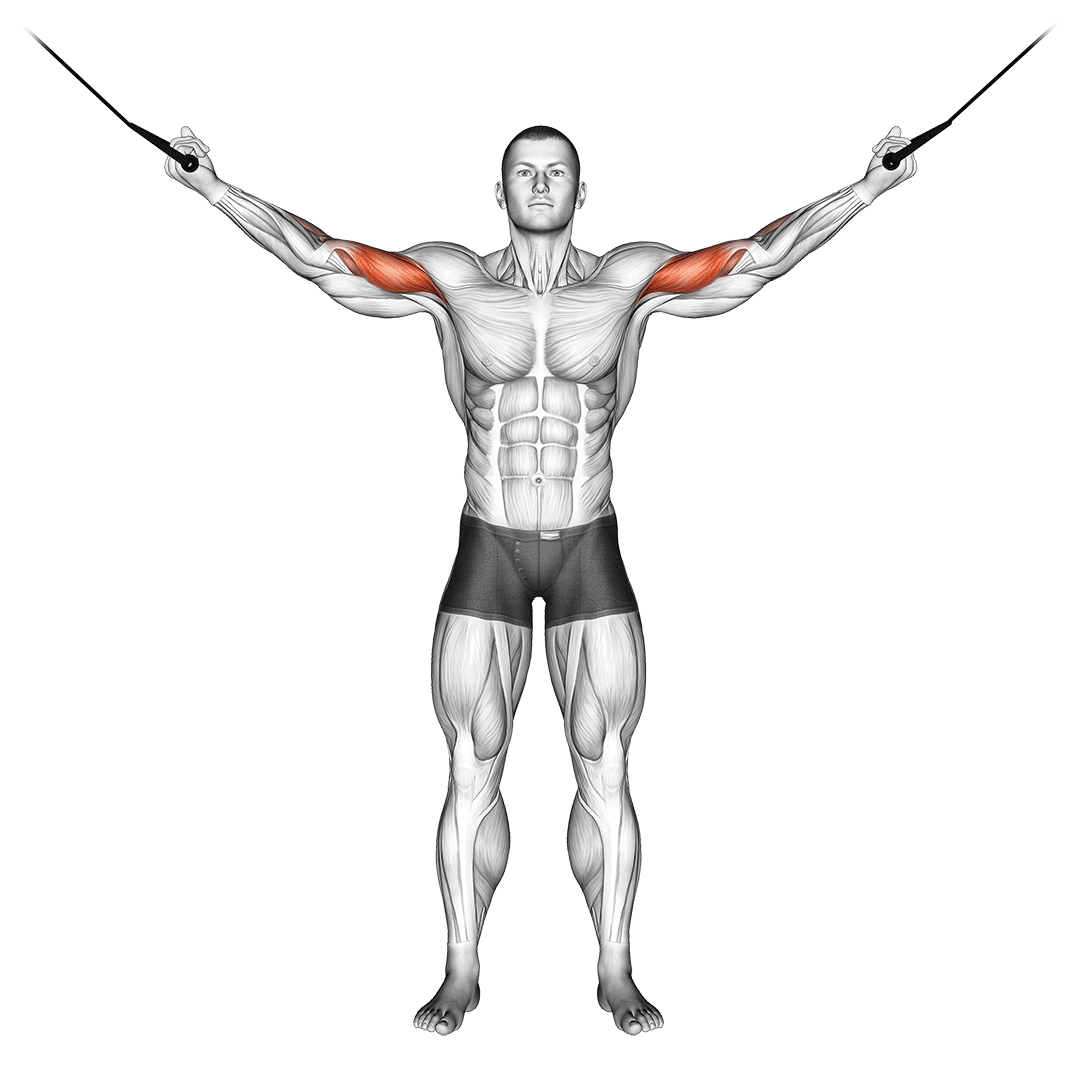
This is done to maximize emphasis on the inner head of the biceps brachii and to ensure a full range of motion is achieved with each repetition.
As a substitute to the spider curl, the overhead cable curl is more of a specialized alternative for lifters that find their inner bicep head to be underdeveloped.
That, or if they wish to take advantage of the benefits inherent to a machine-based exercise.
Equipment Needed
The overhead cable curl will require a cable machine and a single-handed cable attachment. Preferably, a cable machine with two separate pulleys at either side of the lifter is best.
Benefits as an Alternative Exercise
Overhead cable curls tax the stabilizer muscles to a lesser degree, allowing for greater biceps contraction. In addition, they emphasize the inner head of the biceps brachii to a greater degree than spider curls would.
Overhead cable curls are ideal for maximizing hypertrophy of the biceps in a low-impact manner.
How-to:
To perform an overhead cable curl, the lifter will stand with the cable pulleys at their sides, set at head-height or higher. Their arms should be extended out to the sides as the handles are held in an underhand grip, shoulders parallel to the rest of the torso.
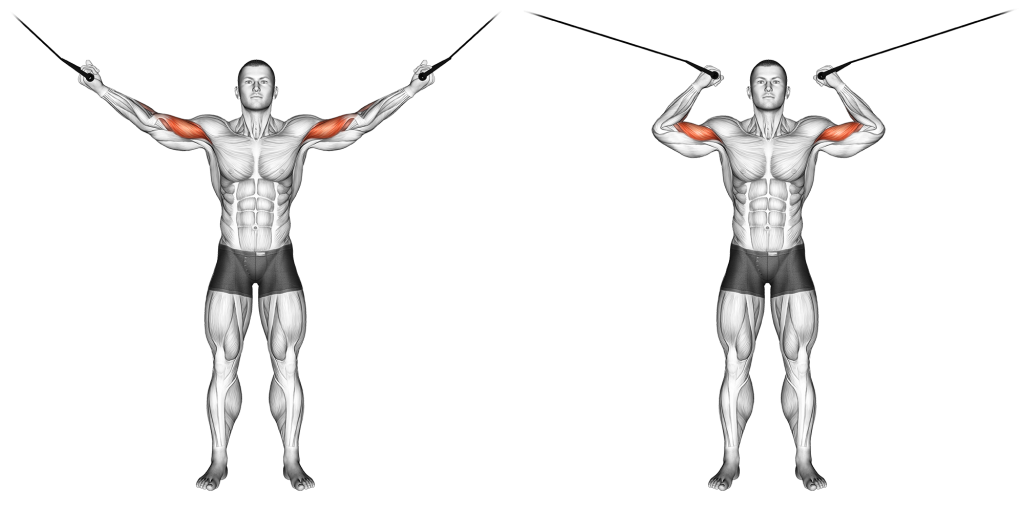
From this position, the lifter squeezes their biceps and draws their hands towards the sides of their head, keeping their upper arms and elbows stationary as they do so.
Once the hands (and handles) are over the shoulders, the lifter will reverse the movement in a slow and controlled manner - extending their arms out to the sides once more. This completes the repetition.
In Conclusion
In this article, we’ve listed the six most suitable alternatives to the spider curl out there. However, we’ve done this in a manner that is meant to replicate the spider curl’s purpose within a training program.
It is nonetheless entirely possible to substitute spider curls with movements like the chin-up or Yates row, so long as you subsequently alter your training program to fit this change in training volume.
Regardless of whether you’ve found the right exercise for you here or wish to continue searching - remember that biceps development is the goal. If you are following a prescribed or pre-made training program, it is important to preserve this original intention with your exercise selection.
References
1. Oliveira, Liliam & Matta, Thiago & Alves, Daniel & Cavalcanti Garcia, Marco Antonio & Vieira, Taian. (2009). Effect of the shoulder position on the biceps brachii EMG in different dumbbell curls. Journal of sports science & medicine. 8. 24-9.
2. Marcolin G, Panizzolo FA, Petrone N, Moro T, Grigoletto D, Piccolo D, Paoli A. Differences in electromyographic activity of biceps brachii and brachioradialis while performing three variants of curl. PeerJ. 2018 Jul 13;6:e5165. doi: 10.7717/peerj.5165. PMID: 30013836; PMCID: PMC6047503.
